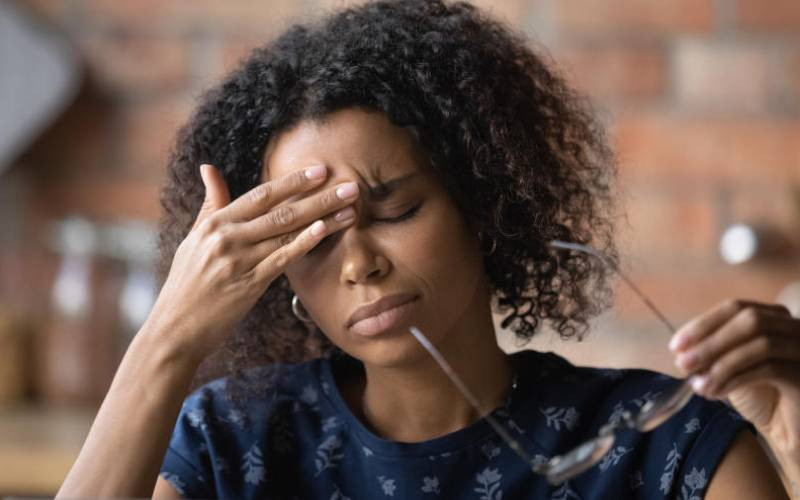
A majority of breast changes are not necessarily breast cancer. Finding a lump or other changes in your breasts or nipples may be caused by one of the conditions discussed below.
Breast x-rays or mammograms often pick up conditions other than breast cancer. Some of these conditions are harmless and don’t need any treatment. While others aren’t cancerous, they might indicate an increased risk of developing breast cancer in the future.
Hormones produced by glands make breasts feel different at various times during the menstrual cycle. These changes may cause swollen, painful or tender breasts at different times in the menstrual cycle.
Cysts
A cyst is a fluid-filled sac. Fluid is produced and absorbed in breasts as part of the usual cycle of hormonal breast changes. Although it is not known why some women are more susceptible to breast cysts than others, they are however, common in women aged 35 to 50 and among women who are taking hormone replacement therapy. Simple cysts are not cancerous and do not advance into cancer. However, in some rare cases, cysts may have a cancer growing within them or close to them.
Fibroadenomas
A fibroadenoma is a smooth, firm breast lump made up of fibrous and glandular tissue. The cause of fibroadenomas is not known but they are not cancer and rarely change into breast cancer. Fibroadenomas are common in younger women and can become tender in the days before a period or grow bigger during pregnancy.
Radial scar
A Radial scar is a star-shaped abnormality in the breast tissue. Doctor's don't know why radial scars form, but they are thought to be benign (non-cancerous) changes caused by normal ageing.

Microcalcifications
Microcalcifications are spots of calcium salts which show on a breast X-ray (mammogram) as white spots. These tiny spots can be cluttered together or scattered throughout the breast tissue. Most microcalcifications are of no concern. Some causes include normal ageing or benign (non-cancerous) cysts and at times calcification can indicate early breast cancer.
Ductal carcinoma in situ (DCIS)
Microcalcifications usually flag the presence of ductal carcinoma in situ (DCIS). When one has DCIS, the cells lining the milk ducts are turned cancerous. This means that one is at high risk of developing an invasive breast cancer, one that spreads through the breast tissue if the DCIS is not treated. The affected areas in the breast have to be surgically removed. In most cases DCIS is completely curable but the high risk still remains even when the area of DCIS has been removed with one needing regular care after treatment.
Atypical ductal hyperplasia (ADH)
Atypical ductal hyperplasia (ADH) means the cells lining the milk ducts are growing in an unusual way. A small tissue sample is taken from the breast and examined under a microscope to confirm the diagnosis. ADH is harmless for most women but in others ADH might mean a high risk of developing cancer in that particular breast sometime in the future.
Lobular carcinoma in situ (LCIS)
Even though the word ‘carcinoma’ usually means cancer, this is a benign condition. Lobular carcinoma in situ (LCIS) is growth change in the cells lining the ends, or lobules, of the milk ducts. LCIS does not show up in X-ray and is usually discovered during the examination of a small tissue sample removed for another reason. LCIS is not cancerous, but could mean you are at an increased risk of developing breast cancer in the future.
If you were a mad scientist, what scientific experiment would you run? The Standard Group Plc is a multi-media organization with investments in media platforms spanning newspaper print
operations, television, radio broadcasting, digital and online services. The Standard Group is recognized as a
leading multi-media house in Kenya with a key influence in matters of national and international interest.
The Standard Group Plc is a multi-media organization with investments in media platforms spanning newspaper print
operations, television, radio broadcasting, digital and online services. The Standard Group is recognized as a
leading multi-media house in Kenya with a key influence in matters of national and international interest.










